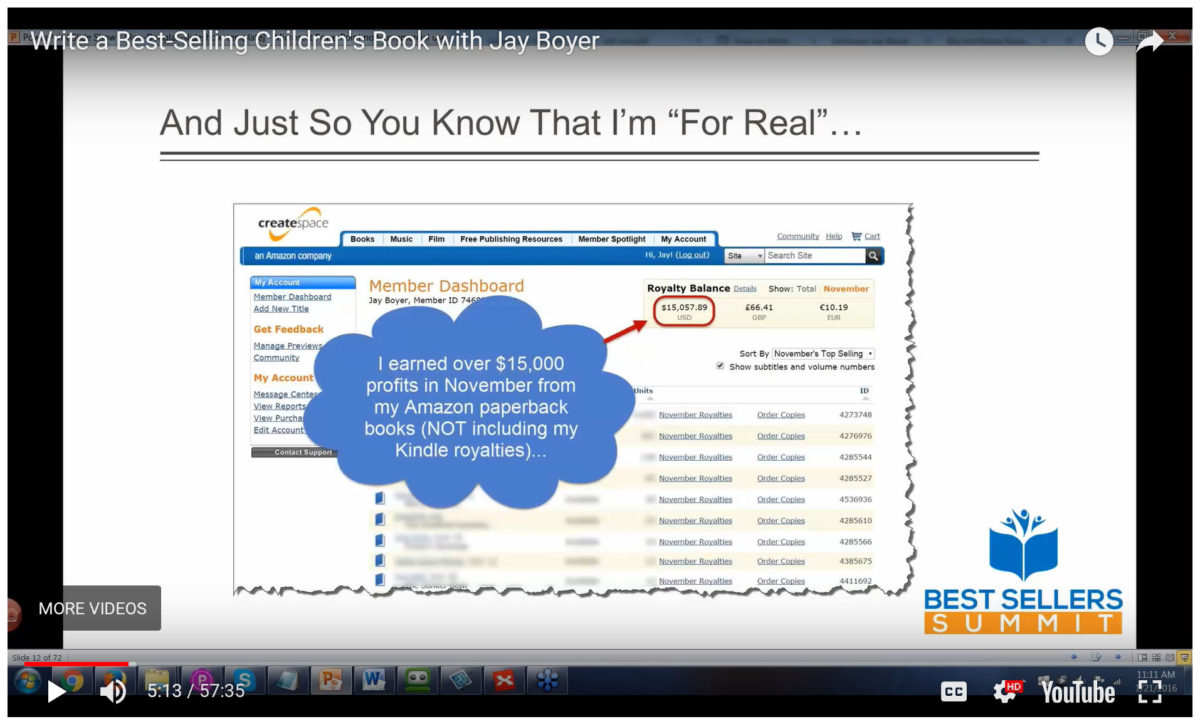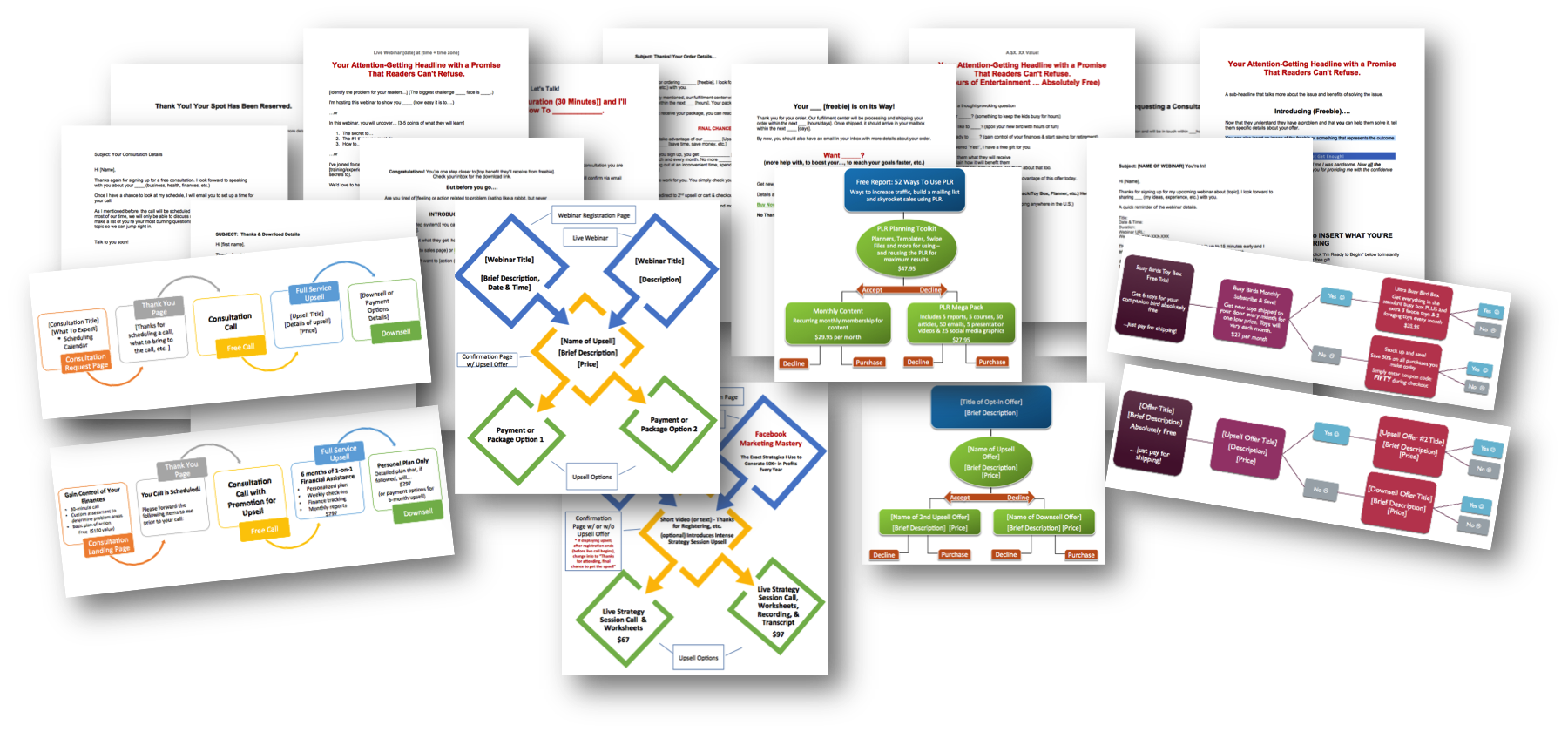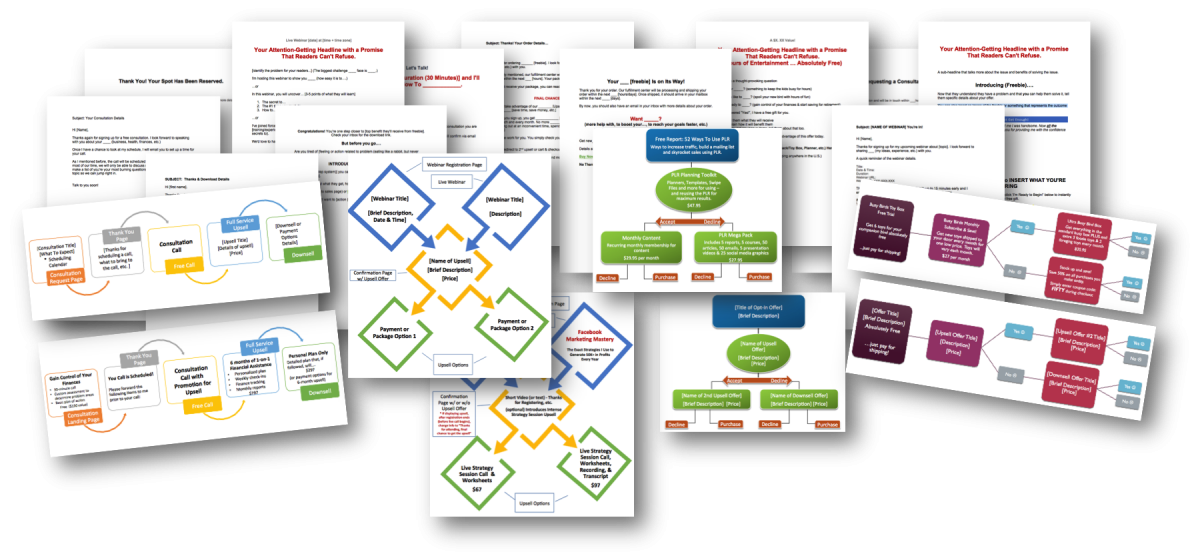If you missed part 1 of this tutorial, you can find it here. It will show you what kinds of journals you can make.
Then move onto part 2 about how to make your journals.
Now let’s talk about how to sell your journals…
When it comes to selling your journals it’s just like selling anything else. Choose your audience, get to know them, create a journal that solves a problem, and then market it to that specific person. Selling easy to create journals for big profit is a lot simpler than you thought because you already likely have a built-in audience.
Ideas: Where to Sell the Journals, You Create
Once you’ve decided how you’ll have your journals created and printed you can take some time to consider where you’ll sell the journals that you create. That’s super easy too. Because you probably already have a good audience for them.
• In Your Facebook Group – If you have a Facebook Group for almost any topic that is a good place to sell your journals. Let’s say you have a Facebook Group that is about email marketing. You could create a journal that helps people to stick to their email marketing goals, have a challenge and offer the journal as a companion offering for the challenge. Hint: You can sell the journal POD or you can sell it in a PDF file and let them print it themselves.
• On Your Website – You can sell any type of product on your website whether it’s digital or physical. You just need to connect the technology if you’re using Print on Demand. Many POD services can do that with plugins and by grabbing the code to put the shopping cart on your site.
• At Live Events – Do you ever go to live events? If they allow you to set up a table you call sell your journals there just like you would any other book. If you host live events, including your journal in the ticket price, is a great way to get people using your journals. Be sure to get them to take selfies with it.
• For Workshops – Do you offer workshops for your clients? If so journals are a perfect companion piece or even an add on sale for the workshop. You can offer everything to add on to the workshop in your check out. You can also offer the journal to the participants of the workshop after they’ve attended to help them keep up the good work.
• To Coaching Clients – If you’re a coach, offering journals designed especially for your clients and their needs is that little extra step that will make a huge difference. Even if you send them to Amazon to buy them rather than directly on your site you’re going to make a lot of sales.
• On Amazon – You can simply list them on Amazon. Using Create Space you can choose to print them on Amazon. Also Burb.com, and Bookbaby.com, and others have an option to sell on Amazon and other sites and even get them printed to sell in bookstores.
• Etsy.com – If you make your journals yourself you can sell them on Etsy.com as well. For this to work you’ll need to get them printed first so you have inventory that you can sell to your customers. On Etsy, you can sell physical and digital products.
The best course of action is to consider selling on every platform that you can. Starting on Amazon is less expensive but using a POD like Ingramcontent.com can give you many other options while also making your journals available on Amazon, other online book retailers, and even enable you to put them on your site.
How to Market Your Journals
Regardless of where you sell your journals, you’ll need to market them. Marketing should cover every aspect of your audience. Market to them where they are using the platforms they like. You can also find new audiences by using advertisements to get their attention.
• Email Marketing – Create emails to send to your list about journaling and how it can help them. Teach them as you’re creating the journal about the importance of journaling and how it helps you. Give them examples that make the idea easier for them to grasp and understand.
• Social Media Marketing – In social groups online, yours and others if it’s not against the rules of the group, let them know about the journal you made. Tell them how it’s different from other journals and make them want it because it’s designed so incredibly well just for them.
• Blogging – On your blog, and as a guest on other blogs with similar audience members, blog about journaling and even the creative process of creating the journal. Blog about how journaling helps you reach goals, make decisions and keep records.
• Events – Whether you have an in-person event or an online event it’s always a good time to let people know about your journal. If you remember that you’re simply offering them something they need because it helps them and the design is good they’re going to want it.
• Online Ads – Facebook Ads are hot right now. They’re not because they work very well. If you get some great pictures of your journal and can explain who the journal is for, and how much it will help them you can run an advertisement on Facebook.
• Magazine Ads – A lot of times we get stuck on trying to market everything online instead of looking at offline possibilities. If you can get published in a magazine your bio box can lead them to your website just as well as a bio box as a guest blogger.
• Book Stores – It can be harder to get your journal into mass market bookstores because of the fact you’re self-published but if you can prove that your journals are selling well, and they’re attractive and different you still have a chance. Try locally owned and operated book stores first.
If you create a pitch for your journal that speaks to your audience you’re going to sell them. People have gone back to buying print books more often than they buy digital books so selling them in physical form is an excellent idea along with a digital form that they can print themselves to give more people an opportunity to buy and use your journal.
Creating and selling journals is simple. Once you create one journal you’re going to become addicted to creating them and want to create more. One way to do that is to think about how you want your customers to use their journal.
If it’s a yearly journal then you could technically create a slightly changed one for the next year. If it’s a 30-day journal for challenges then you could create a slightly changed one every 30 days. This gives you many opportunities to extend your market so that your audience will keep buying from you. You should get started.
What to Do Next:
Make it easy to break into the journal selling market with this package of done-for-you journals. You can edit them as much as you like, brand them and sell them as your own.

You’ll save a ton of time and plenty of money hiring someone to create them for you. This journal starter pack includes 4 attractive-looking journals on the following topics:
• Gratitude Journal
• Dream Journal
• Affirmations Journal
• Goal Setting Journal
Click here to get all these journals at one low price and make journal-selling a snap!
You can even use the 4 journals as templates to create new journals, so you’ve got most of your work done for you. SWEET!



 Our
Our 